14th Short Field Visit to Fukushima, November 5, 2016
14th Short Field Visit was held by the Phoenix Leader Education Program on November 5, 2016. The theme of this year’s visit was “Sense Fukushima.”
Nine new students and three staff members from the Phoenix Program visited Soma City and Minami Soma City to see firsthand the current situation of Fukushima.
The Short Field Visit (SFV) started with the orientation session to discuss the purpose of the SFV and to distribute information about the places to be visit on the evening of Nov.4th.
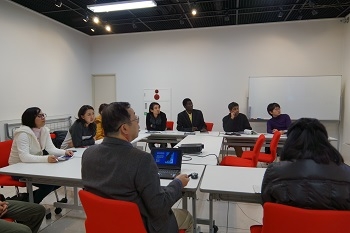
While traveling from Fukushima City to Minami-Souma City, the students were able to see the decontamination activities for the fields and rice paddies, as well as the temporary storage sites, where the bags of contaminated soil are currently piled. They also visited the Soma Harbor Construction Office, and attended a lecture about the harbor restoration work that has been undertaken since the Tsunami Disaster and the future of development for Soma Harbor.
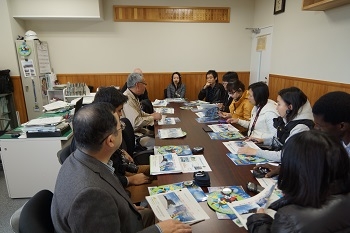
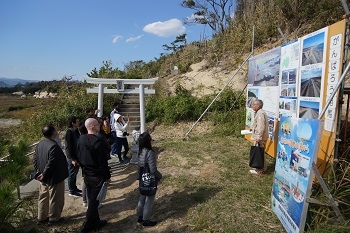
The students also visited to Minami-Souma General Hospital, and took a lecture about the medical problems faced by the citizens of Minami-Soma City from immediately following the disaster up to present day.
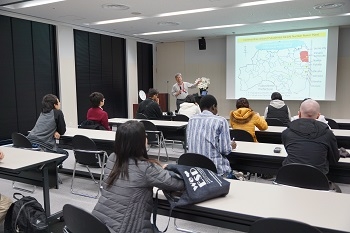
Following this, they visited Odaka Station, where displaced persons have begun to return.
At the end of the Short Field Visit, they visited Ukedo Port which is locates only 6 km away from Fukushima Diichi Nuclear Power Plant. Due to its location, recovery of the Port has not yet occurred. The students learned about the port’s present situation and the reasons for the delay of its restoration.
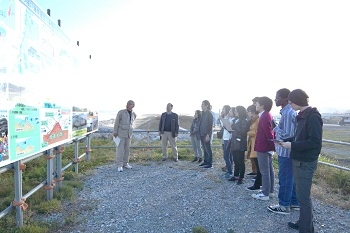
After those activities the students took part in a round table discussion about their overall visit experience. Students made comments like, “I have visited Fukushima before, but this visit was a particularly valuable experience, because we saw that even though more than five years have passed, traces of the damage caused by the Tsunami are still clearly visible and we could measure the current radiation levels.” Another student commented, “Not only for the recovery of environmental and medical problems, I also rediscovered the importance of social recovery.”
Through this Short Field Visit, students clearly recognized the importance of inter-disciplinary study to becoming a global leader for a renaissance of radiation disaster. In short, the visit provided the new students with a key opportunity to deepen their knowledge of Fukushima.

 Home
Home